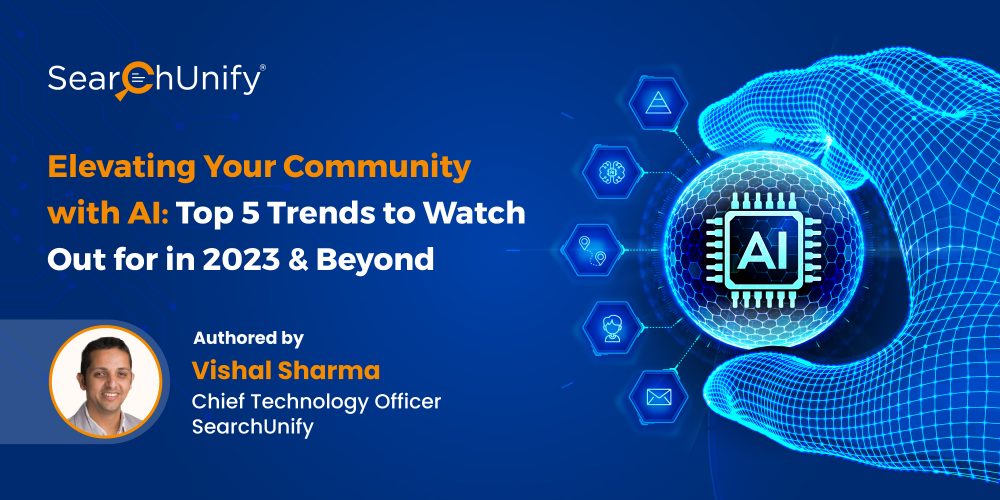
“Look at the community as a success center and not just the collaboration platform”
Customer communities started out as a means to control the influx of support tickets and slash support costs. But over the years, they have become the holy grail for customer engagement, experience, and success, apart from cost reduction.
I recently caught up with Jonathan Wishart, Business Value Director at Khoros, to discuss the most crucial questions that have left community managers at sixes and sevens. Together, we revealed the top 5 noteworthy additions and priorities that will help you delight community members and increase support ROIs expeditiously. Let’s dive in.
1. Value Hierarchy of Community: An Absolute Essential to Understand the Stage of Member’s Journey and Deliver Value Accordingly
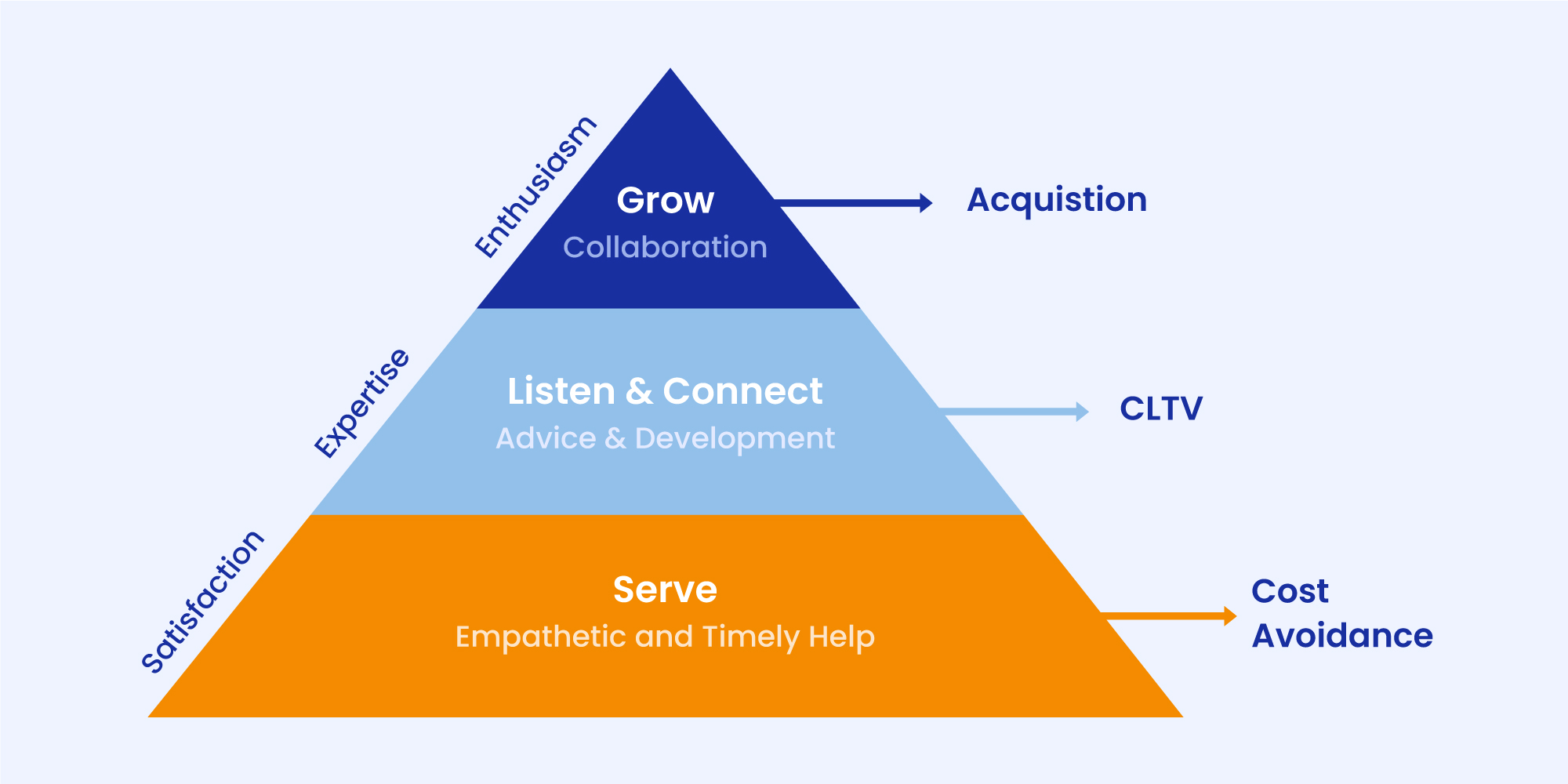
Community is a great platform to facilitate self-service, solicit customer feedback, and open a steady stream of ideas. But that only happens when community managers are aware of the stage their members are at.
I came across the Value Hierarchy of Community that Jonathan built and talked about in one of his sessions. And I couldn’t agree more with it.
Most of the members begin their community journey with a pre-existing need for finding information for a query. All they are looking for at this stage is to be “served” with a resolution in a jiffy. And that’s where a high-quality knowledge base and a federated search can become game changers.
Creating a top-notch knowledge base content would require maintaining content health standards, monitoring the existing KBs, and quantifying health scores time-to-time. And to ensure your community doesn’t hit a wall of poor findability, federated search is a must-have for your tech stack as it helps retrieve the right information at the right time by indexing disparate repositories within your community.
And as the member moves up the pyramid, the community managers must empower them to share ideas, ask questions from the experts, and plunge into collaboration.
2. Hyper-personalization: Need of the Hour for Customer Experiences
One of the most crucial KPIs for community managers is curating exemplary experiences. For that, every interaction needs to be blazing-fast and personalized. But a one-size-fits-all approach doesn’t work here.
There are times when a cross-platform, single sign-in fixes the biggest pain point of community members. Or a simple fix of putting a cognitive widget makes their life easier. But how to detect where the member is getting stuck or facing trouble?
360-degree view of the customer journey plays a pivotal role.
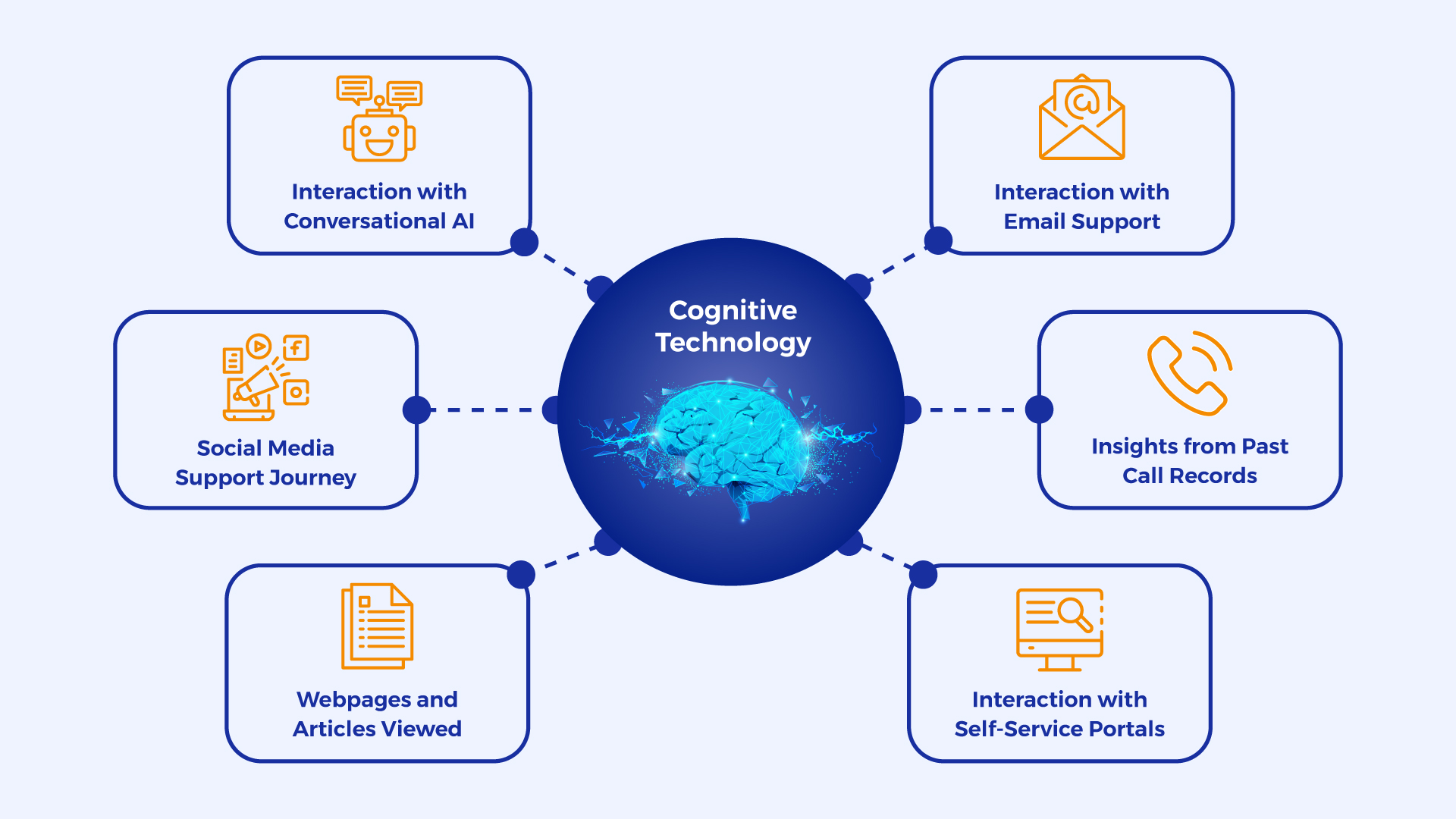
The richness of the member data such as member history, the preferred medium of communication, browsing history, customer sentiments, etc., can be gathered through AI-powered technologies. This data is analyzed further which helps the managers to truly “understand” the members, “identify” their lifestyles, and “predict” the best action in a matter of seconds.
3. Auto-Tagging, Auto-Routing & Sentiment Analysis: The Lifeline of Customer Engagement
The majority of the community manager’s time is spent on moderation. However, it is high time that engagement takes the front seat. Fret not; AI technologies are here to expedite the process for you. Let’s see how these can help:
- Auto-Tagging: Tagging can literally make or break your community threads. If it is not categorized properly, the chances of finding that piece of information would be slim to none. On top of it, tagging them manually might bring more harm than good. Here, AI emerges as a ray of sunshine. With the help of content annotation, it categorizes the documents under one product or a combination of products as per their relevance. This will empower your community members to control filtering as per their choice, and unlock the wealth of benefits including enhancing content relevance and findability.
- Negative Sentiment Detection: Every now and then, community managers encounter a slew of spam in the form of negative tone threads, competitor promotion posts, and so on. Detecting them manually could be an uphill battle. But AI is the need of the hour for communities as it digs deeper to find spams and malicious activities that might have slipped past the community managers’ eyes.
- Duplicate Content: Oftentimes, the community is bombarded with the same queries and the information tends to become redundant and duplicated. It gives birth to data silos, creating poor content findability, mediocre user search, impersonal experience, inadequate insights, and whatnot on your community. But with AI on the community managers’ side, it identifies, merges, & closes duplicate threads round-the-clock.
- Auto-Routing: Your Power users are the ones with in-depth product knowledge and are the most active, expressive, and influential members of your brand’s community. When a discussion is posted, they might be the first ones to reply to it. Impressive, right? But what if the discussions are not routed to them accurately? AI can take care of that. It ensures that the discussions are assigned to the best-fitting Power user based on language preferences, product version, geographical region, or user persona. For example, Spanish-speaking users are sent to Power users that can speak Spanish. With this routing system, community members won’t have to deal with Power users who aren’t equipped with the skills required to assist them, improving their experience.
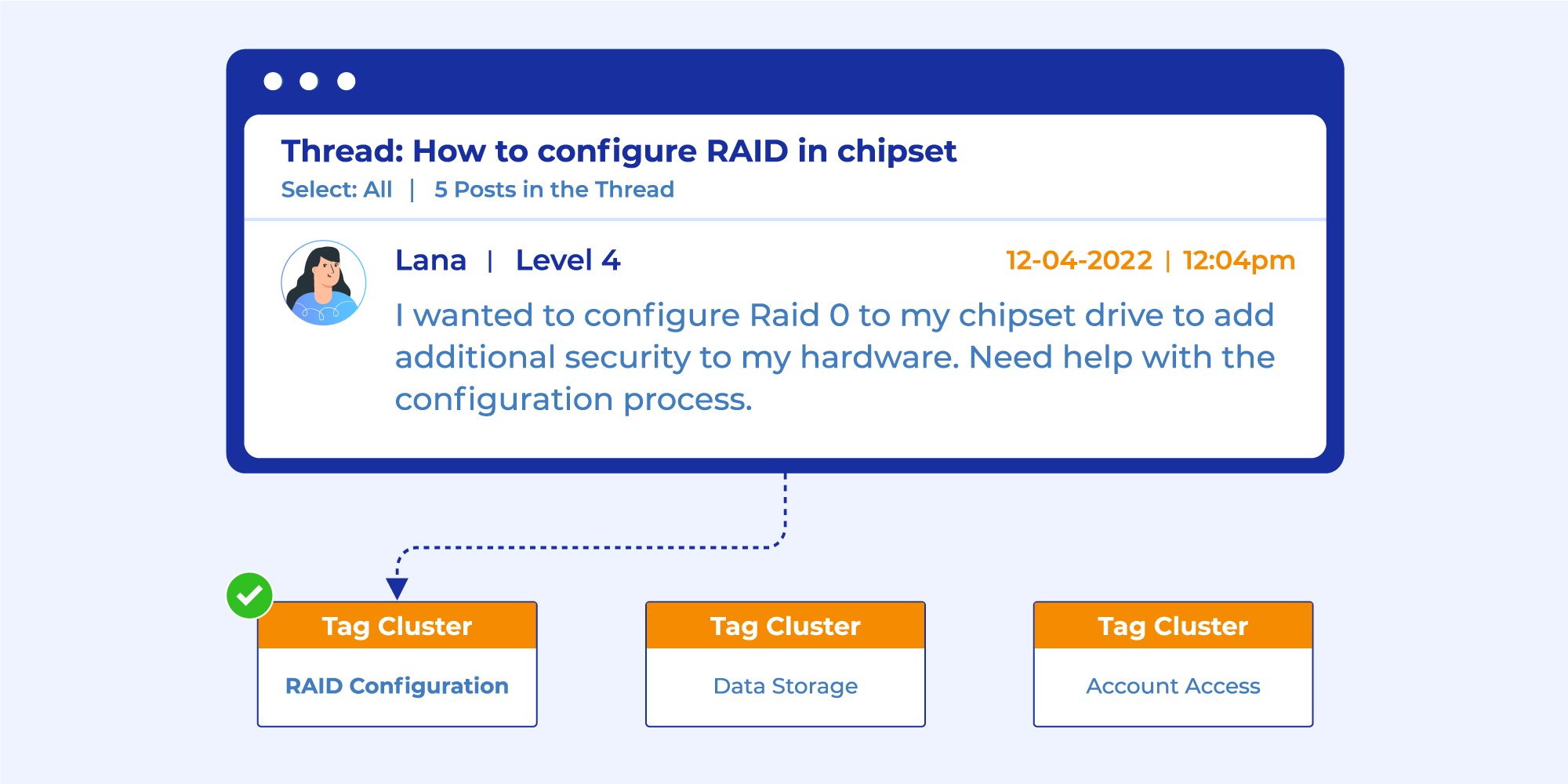
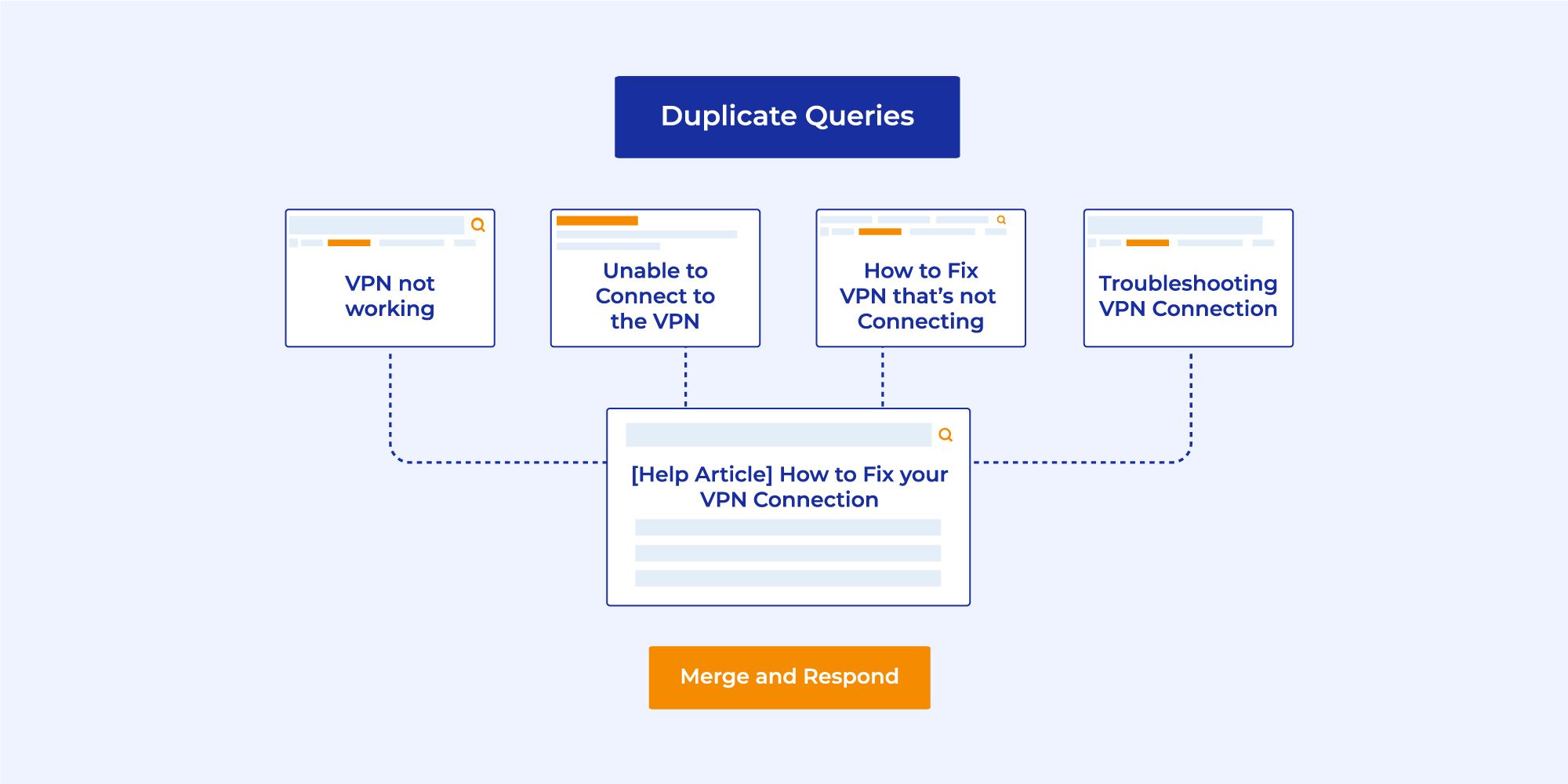
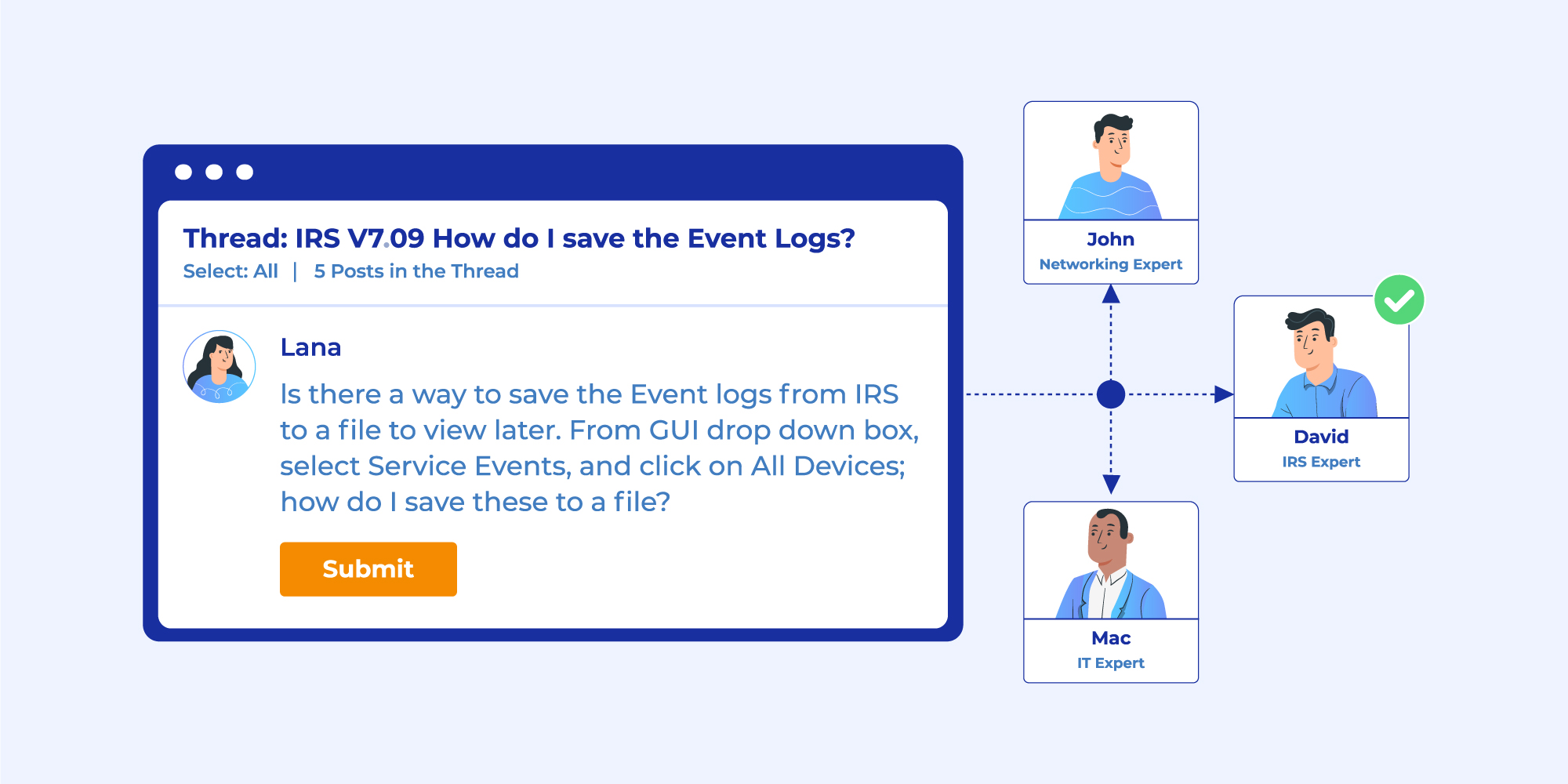
4. Voice of Customer: The New Game Changer for Community Success
Do you wonder why some communities are showered with ideas and engagement, while others are left numb? Voice of Customer (VoC) must be one of the differentiators.
Think about it. Your knowledge workers are the creators of all things content in your community. But what if the language or lingos written by them fails to resonate with your community members?
This is where the need for VoC programs arises. It bridges the gap between a customer’s voice and a knowledge worker’s language. But here’s a catch: it is an insurmountable task for a community professional to run it manually. No wonder, cognitive-led insights, and learnings are having their moment in the sun.
An immersive and intuitive dashboard containing analytical reports like user click behavior, content gaps, user search behavior, etc., keep the professionals abreast of all things community. And empowers them to improve the overall experience with informed decisions.
5. Headless Experiences & Digest Emails: The Catalyst of Enriching the Community Ecosystem
Headless communities are making waves all across industries. And one of the prominent goals is to deliver a proactive experience. Imagine a user gets stuck while using a specific product feature. Putting up a personalized content recommendation widget would act as a savior instead of contacting support. So, adding a headless community into your tech stack would blossom the experiences.
Come to think of it, community managers curate digest email programs to keep the members engaged and informed. But they let a few things fall between the cracks. For instance, they rely on the information filled out by the members related to their preferences. But managers tend to send out emails despite the outdated or lack of information filled out by members. Enter cognitive engines! The AI algorithms track user activities and engagement patterns that give community professionals a better understanding of their preferences.
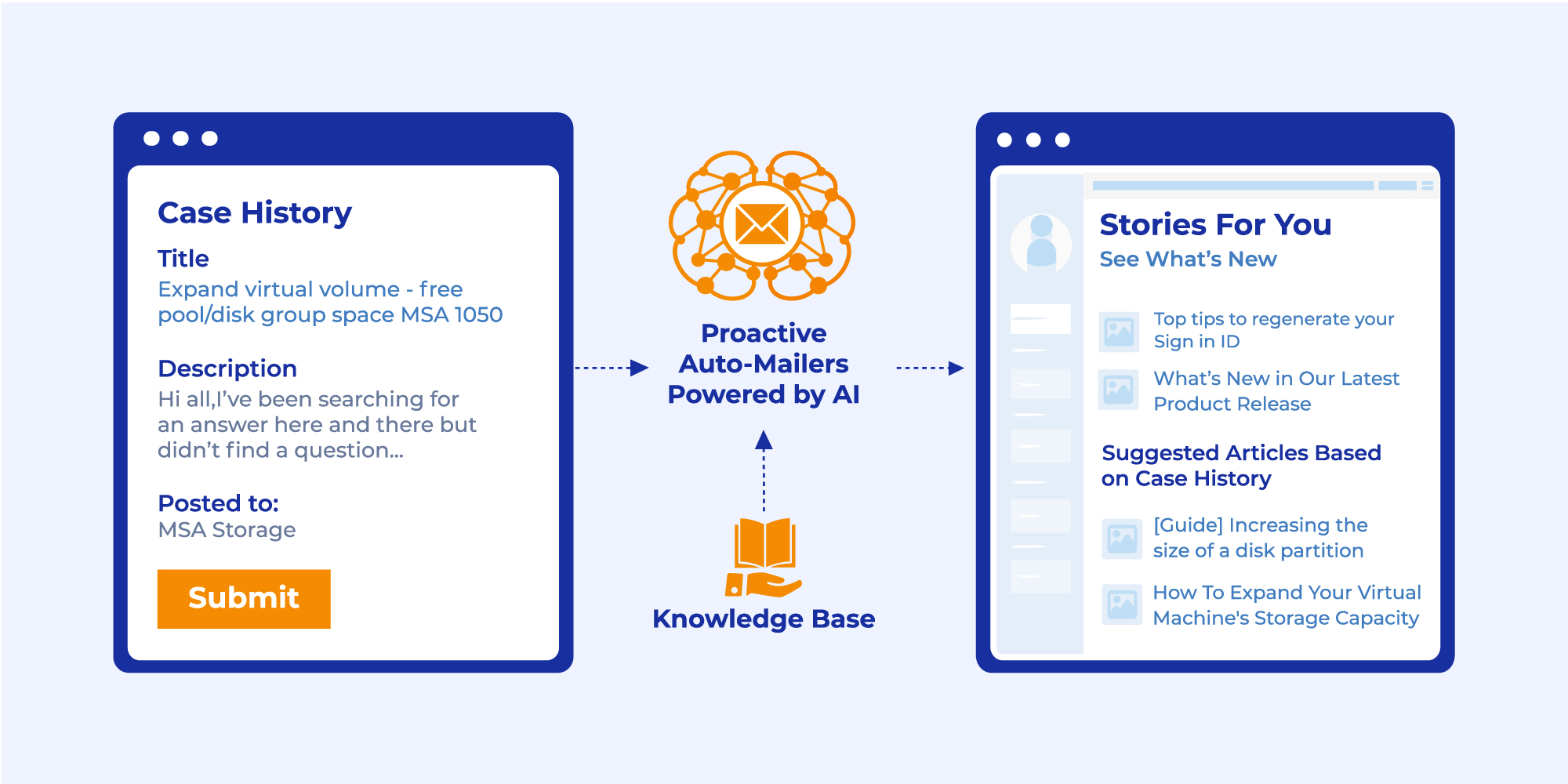
Dive Deeper into the Session Now!
Tune into the session to get more crumbs on community management success and If you wish to explore the realm of these tools to ameliorate the community experience, feel free to connect with the community experts. After all, the proof of the solution is in the pudding. ?











